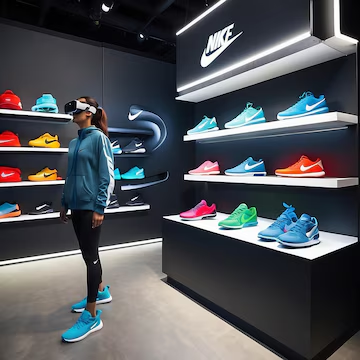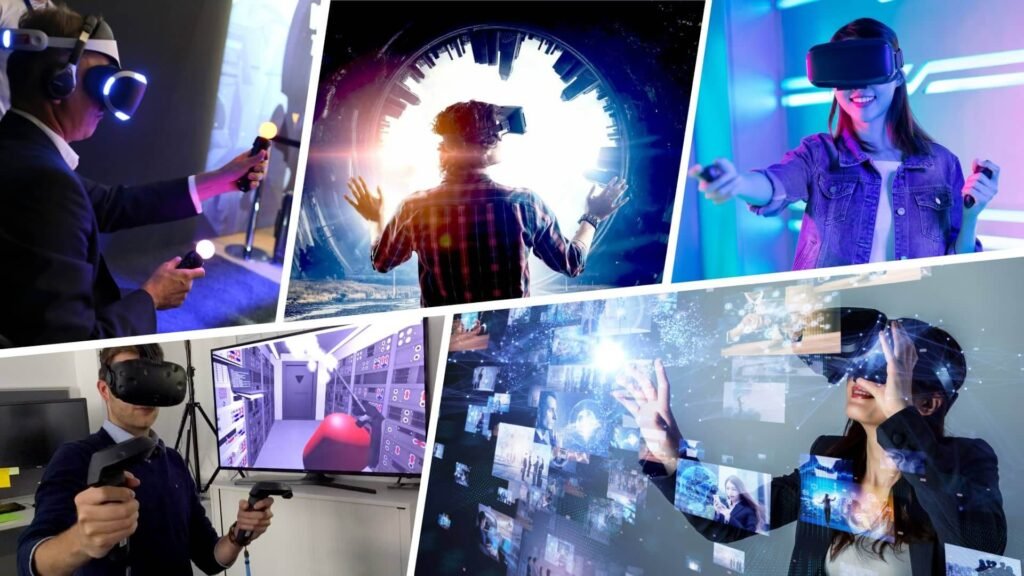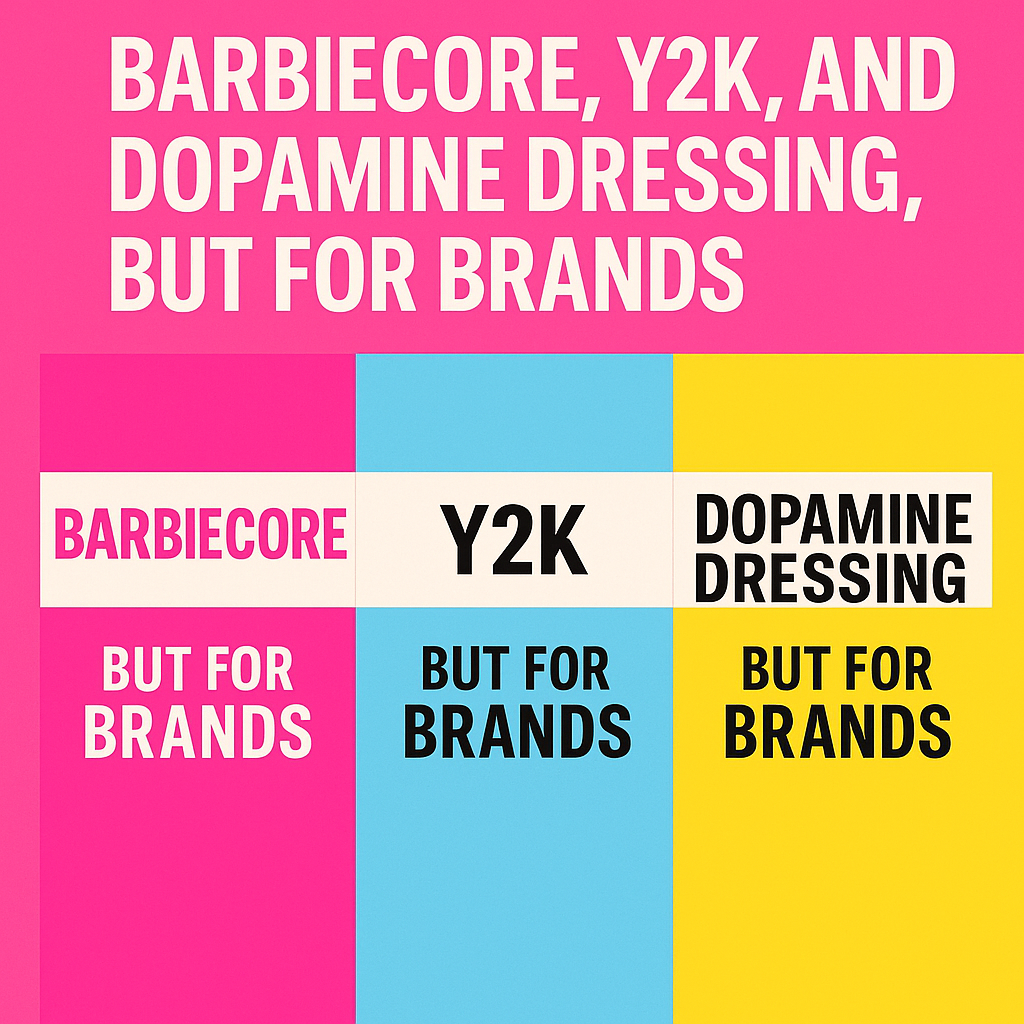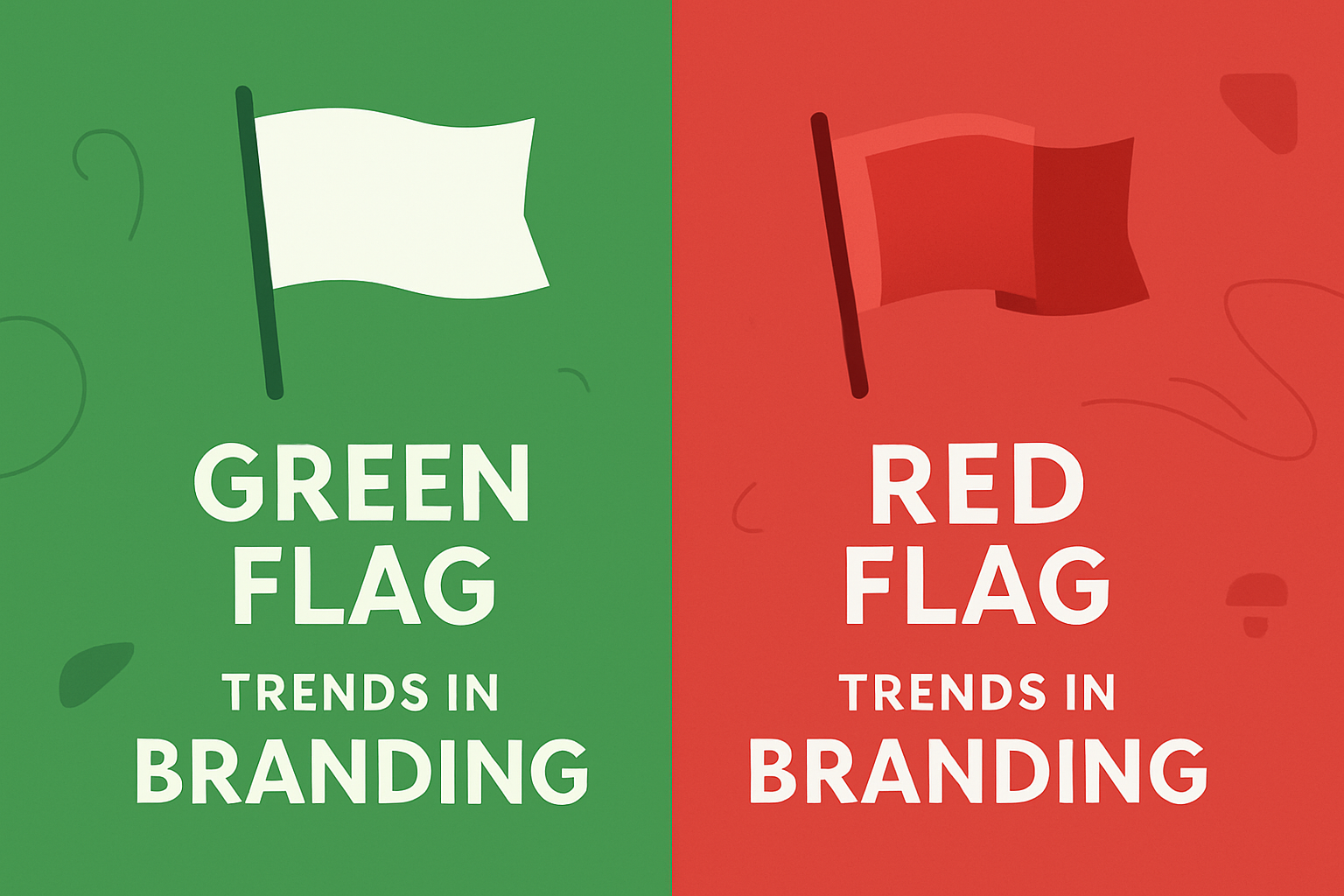In the rapidly evolving landscape of immersive technology, motion graphics for Virtual Reality (VR) and Augmented Reality (AR) are transforming the storytelling experience. By 2030, motion graphics will play a crucial role in the development of VR and AR, revolutionizing the way brands, businesses, and creators engage with their audiences. This technology offers a new level of interactivity, depth, and immersion that traditional forms of media cannot match.
This article delves into the industry impact of motion graphics for VR and AR, the benefits of using motion graphics in these technologies, and provides success stories that demonstrate real-world applications.
Table of Contents
Industry Impact of Motion Graphics for VR and AR
Motion graphics in VR and AR are making significant inroads across various industries, from entertainment and education to healthcare and marketing. These technologies allow creators to build immersive experiences that blend the digital and physical worlds, engaging audiences in ways never before possible.
In entertainment, VR and AR provide viewers with interactive storytelling experiences that place them directly in the narrative. For brands, VR/AR-powered motion graphics enable companies to craft deeply engaging advertising campaigns, product demonstrations, and training modules. In healthcare, motion graphics enhance training simulations, allowing medical professionals to visualize complex procedures with precision and clarity.
Innovative use of motion graphics in these applications has led to a marked shift in how businesses communicate with their target audience, creating more impactful visual stories that resonate with consumers on a deeper level.

Benefits of Motion Graphics in VR and AR
The benefits of motion graphics in VR and AR are expansive. Below are some of the primary advantages of adopting this technology in business, entertainment, and education:
- Immersive Experiences: Motion graphics can turn flat, static content into dynamic, interactive environments. In VR, this means transporting users into fully realized worlds, while AR overlays digital elements onto the physical environment, providing a seamless blend of real and virtual experiences.
- Enhanced Engagement: VR and AR, when paired with motion graphics, capture user attention more effectively than traditional media. The interactive nature encourages users to participate rather than passively consume content, making them active participants in the narrative.
- Improved Retention: In educational contexts, motion graphics in VR and AR help reinforce learning by providing visually stimulating and interactive content. Studies have shown that immersive learning improves retention rates and understanding, especially in complex subjects such as medicine or engineering.
- Cost Efficiency: For industries like retail or real estate, motion graphics in AR can offer virtual try-ons, 3D product demos, or virtual property tours, reducing the need for physical samples or showrooms. This cost-effective solution enables businesses to scale their operations without compromising customer experience.
These benefits have already started shaping the way companies engage with technology, but by 2030, the impact of motion graphics in VR and AR will be even more profound, reshaping business operations across multiple sectors.
Success Stories: Motion Graphics in VR and AR
Let’s explore three motion graphics success stories that highlight how businesses are leveraging this technology to revolutionize their industries.
1. Nike’s Virtual Reality Retail Experience
Nike has been a pioneer in integrating AR and VR into its retail strategy. Through the use of motion graphics in VR, Nike has transformed how customers shop for sneakers. In select flagship stores, customers can use VR headsets to enter a virtual showroom, where they can inspect products in high detail and view real-time animations of how the shoes are crafted and perform under different conditions.
This innovation has not only enhanced the shopping experience but also built stronger connections between customers and the brand, leading to an increase in customer loyalty and sales conversions. Nike’s successful implementation of VR motion graphics demonstrates the technology’s application in real-world scenarios where customer engagement and experience are critical to success.

2. Walt Disney Imagineering’s Interactive Theme Park Attractions
Walt Disney Imagineering has long been at the forefront of developing cutting-edge entertainment experiences, and its latest AR and VR attractions are no exception. By incorporating motion graphics in VR and AR, Disney has created interactive storytelling adventures within its theme parks. For instance, in the Star Wars-themed attractions, visitors can use VR headsets to immerse themselves in epic space battles, with motion graphics bringing iconic characters and settings to life in breathtaking detail.
The seamless integration of motion graphics in these experiences ensures that guests are fully engaged, and their participation drives the narrative forward. As an innovative use of technology, Disney’s implementation showcases how motion graphics can create truly immersive storytelling that captivates audiences.

3. AR Healthcare Training by AccuVein
AccuVein, a healthcare technology company, has developed AR-powered vein visualization tools that use motion graphics to display a patient’s veins on the skin’s surface in real time. This application of motion graphics in healthcare has improved the accuracy and speed of IV insertions, reducing patient discomfort and enhancing medical training.
By 2030, motion graphics in VR and AR will further revolutionize healthcare training, allowing medical professionals to simulate surgeries, practice difficult procedures, and visualize complex anatomy with incredible precision. AccuVein’s success is just one example of how motion graphics are already transforming critical industries like healthcare by improving outcomes and training efficiency.
The Future of Motion Graphics in VR and AR
As we look ahead to 2030, the future of motion graphics in VR and AR promises even greater possibilities. With advancements in AI, 5G, and real-time rendering, these technologies will become more accessible, scalable, and powerful. Innovative applications of motion graphics in industries like retail, education, and entertainment will open new doors for immersive storytelling.
We will likely see businesses across all sectors increasingly adopting motion graphics to enhance user experiences, improve customer engagement, and streamline operations. From interactive product demos to immersive learning platforms, motion graphics will be a key driver of business transformation.

Overall
Motion graphics for VR and AR are reshaping the future of storytelling, providing immersive, interactive experiences that traditional media cannot replicate. By 2030, their industry impact will be felt across a wide range of sectors, from retail and healthcare to entertainment and education. These technologies offer companies the ability to engage with audiences in deeper, more meaningful ways, enhancing user experiences, improving training and learning outcomes, and driving business growth.
As we’ve seen with success stories like Nike’s virtual retail experience, Disney’s interactive attractions, and AccuVein’s healthcare solutions, motion graphics in real-world applications are already delivering impressive results. As technology continues to evolve, businesses that invest in VR and AR motion graphics will be positioned at the forefront of innovation and customer engagement.
With years of expertise in this technology, we are here to support your needs. If you’re interested in learning more about similar technologies and how they can be applied, feel free to reach out to our team. You can also connect with us via LinkedIn or reach our support team on WhatsApp.






